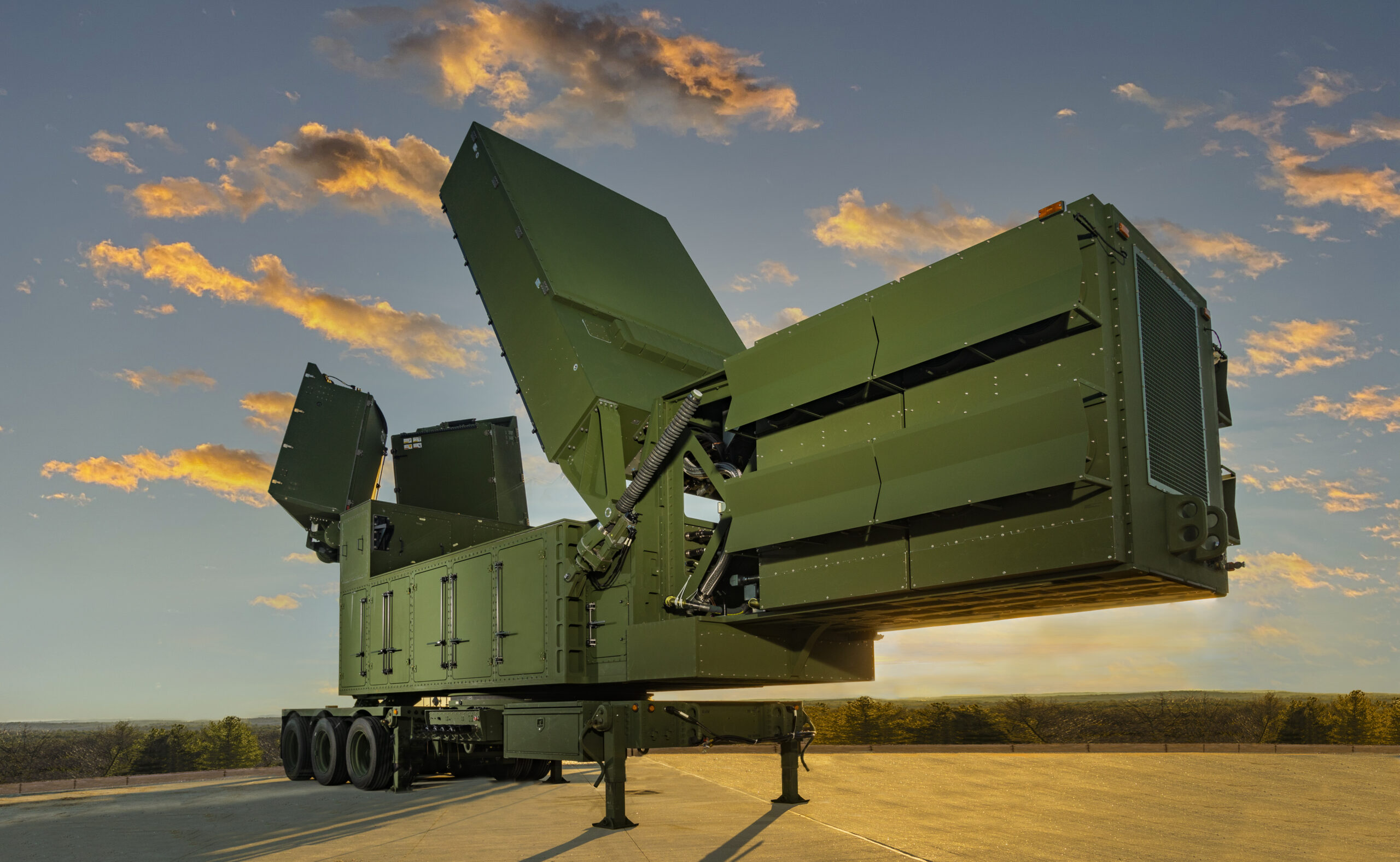Golden Dome
Golden Dome is expected to provide unprecedented protection to the United States. The technical hurdles are challenging and solving them will require the deployment of processing capabilities far beyond any system created before. The Midnight Processor is an enabling processing technology for Golden Dome’s multi-layered defense. From orbiting sensors to space interceptors, from ground command centers to mobile EW nodes, Midnight provides the high-performance, low-power, and programmable processing foundation that ensures Golden Dome can meet today’s and tomorrow’s most demanding threats.
Space-Based Systems
Hypersonic & Ballistic Tracking Space Sensors (HBTSS)
Golden Dome satellites must detect, classify, and track hypersonic and ballistic threats in real time. Midnight’s massively parallel architecture enables:
- On-orbit AI inference and sensor fusion
- Real-time beamforming for advanced radar and IR sensors
- Pre-downlink data reduction to relieve ground station workloads
Its radiation-hardened design ensures resilient LEO, MEO, and GEO operation.


Proliferated Warfighter Space Architecture (PWSA) Custody Layer
Golden Dome satellites must detect, classify, and track hypersonic and ballistic threats in real time. Midnight’s massively parallel architecture enables:
- Rapid custody handoff between satellites
- Deterministic timing for secure space-to-space communications
- Flexible on-orbit reprogramming to adapt to evolving threats
Space-Based Interceptors (SBIs)
For boost-phase engagement, interceptors must react within seconds. Midnight’s low-latency fabric drives:
- Guidance, navigation, and control (GNC) loops
- Integration of multi-sensor data into targeting solutions
- Reliable operation within tight SWaP constraints

Radar and Non-Kinetic Systems

Missile Defense Radars
Modern radar systems like AN/TPY-2 and AN/SPY-6 depend on rapid digital signal processing. Midnight excels at:
- Beamforming and waveform generation
- Adaptive DSP chains for tracking hypersonic maneuvering threats
- Deployment in rugged, mobile, or low-power radar nodes
Directed Energy and Electronic Warfare
In non-kinetic effectors, real-time waveform agility is critical. Midnight supports:
- High-speed jamming and countermeasure generation
- Dynamic waveform shaping informed by AI models
- Field-deployable EW nodes with minimal power draw

